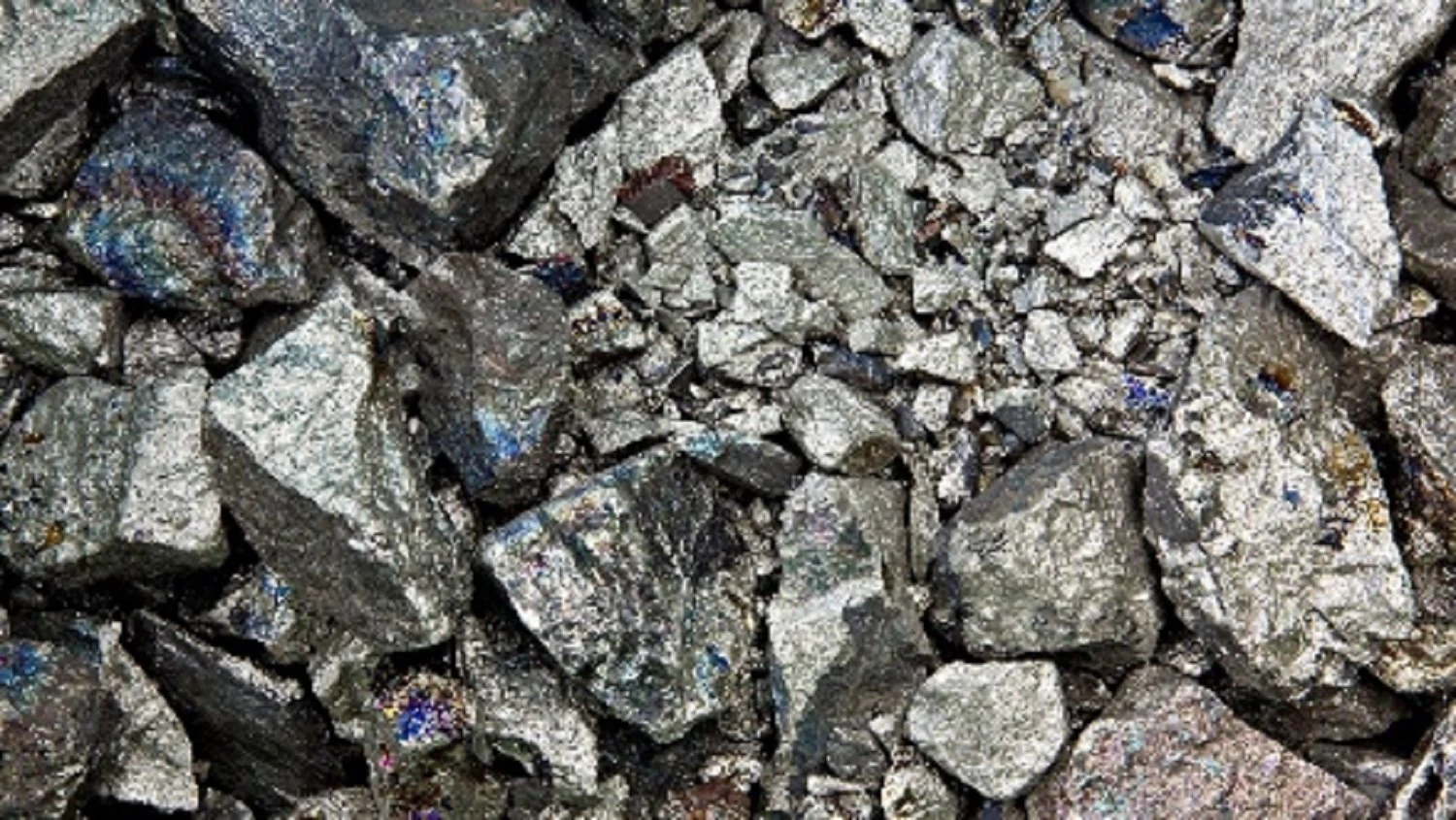The Mineral Supply Chain Process for Essential Minerals

The growth of economies across the globe have created a significantly-increased demand for essential minerals, metals such as the nickel used in the batteries of electric vehicles, and metal products such as stainless steel. Nickel is a primary and crucial component of stainless steel, and the world is now turning to the world’s handful of nickel producers (the Philippines is the world’s 2nd largest essential mineral nickel producer), to fill this mineral demand.
Before it enters the mineral supply chain the bulk of the world’s nickel is mined from two types of ore deposits. The first is laterite, where the principal ore mineral mixtures are nickeliferous limonite, (Fe,Ni)O(OH), and garnierite (a mixture of various hydrous nickel and nickel-rich silicates). The second is magmatic sulfide deposits, where the principal ore mineral is pentlandite: (Ni,Fe) 9S8. Five (5) laterite ore deposits have been delineated within the Pujada Nickel Project area namely Catmonan, Magum, Tumagdo, Alog and Masanlog.
Nickel from laterite ore is mined from various depths beneath the surface using large earth-moving equipment. Mining company Hallmark Mining employs the Bench Mining process to extract its nickel ore. The other nickel containing type of ore, sulfidic ore, is usually found in combination with copper ore and is mined underground.
Nickel from lateritic ore is extracted through an extractive metallurgy process. This is done through a conventional roasting method which removes the moisture from the ore. Afterwards the nickel oxide is removed by using a reduction furnace which also greatly reduces the amount of chemical bound water. This results in a 75% pure form of nickel. Using the fluid bed roasting procedure, a 95% pure nickel can be achieved after additional refinement. It is at this point that the essential mineral becomes part of the mineral supply chain.
While in reality the nickel mining and mineral supply chain process is far more complex with overlapping functions, the mineral supply chain can be summarized into a few key steps:
1. Mining: Nickel production begins with the miners, categorized as either artisanal or large-scale. Artisanal miners are usually small-scale, have smaller capital investments, are not heavily mechanized, and are very labor-intensive; a large-scale mining company, on the other hand, are miners that are associated with very large capital investments and reserves, are usually highly-mechanized, and as such, actually have a relatively smaller employment rate compared to smaller miners.
2. Trading: small-scale miners usually employ the services of trading houses or direct exporters, while a large-scale mining company is usually in a position to deal directly with service providers in the transformation stage.
3. Transformation: any stage in the mineral supply chain where the mineral is processed into a form that reaches commercial market quality. The key point in the essential minerals market is the process of smelting or refining raw ore into its tradable components.
4. Market Making: these is the component stage in the mineral supply chain where traders and market makers (bourses, stock exchanges, bullion banks, and metal exchanges) provide pricing and speculation services that ensure manufacturers and producers a steady, accessible, predictable, and cost effective supply of metals and essential minerals. The negotiations at this stage are deeply connected with international mineral demand and is where the prices of nickel and other commodities move up or down.
5. Manufacturing: once raw essential minerals have been transformed into processed metals, and after they buying and selling has been completed on trading floors, they are sourced by different companies to produce parts and equipment for everything from computer chips, to robotics, to machinery, to electric vehicles. These products can then be re-sold to other manufacturers or direct to end users as finished goods.
6. End Users: these are the people, companies, and systems that sell finished goods directly to consumers for individual use. End Usage of the mineral supply chain may be automotive companies, computer companies, toys and electronics manufacturers, power generation and distribution companies, and most common and day-to-day items we experience in our lives.
The mining, transport, and trade of mineral essential ore and resources can fuel growth and employment, generate income, and promote local development on many different levels. At the same time, it must be acknowledged that the mineral supply chain can also be linked to serious human rights abuses (such as child labor, forced labor), money laundering, bribery, and even the funding of terrorism or armed groups. And while many would simply point to this being the responsibility of the mining company it must be emphasized that mitigating, eliminating, and reporting unethical and illegal mining and trading practices is the responsibility of every stakeholder in the mineral supply chain. From miner, all through to the consumer and end user. Hallmark Mining Corporation, a responsible mining company in the Philippines, is committed to upholding the highest ethical standards in all aspects of its operation from working with local- and national-level stakeholders, host and surrounding communities, the national and local governments, through to its international partners, and ultimately to the environment in which it operates.
Sources: General Kinematics, Agiboo, Organization for Economic Cooperation and Development (OECD)